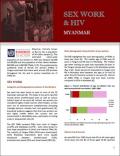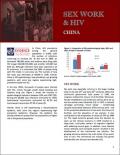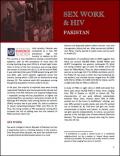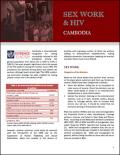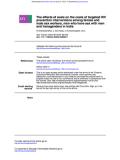Publications on Male Sex Workers (MSW)
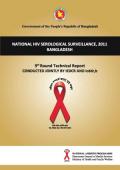
Resource | Publications,
The findings in this report are in general very encouraging as it shows that the overall prevalence of HIV in populations most at risk remains below 1% and most importantly, HIV prevalence has declined among people who inject drugs in Dhaka from 7% to 5.3%. Moreover, hepatitis C has also decline which is a marker for unsafe injecting practices

Resource | Publications,
After peaking at 3.2 percent in 1997, Cambodia's HIV prevalence among men and women aged 15 to 49 had dropped to 0.9 percent; it is expected to decline to approximately 0.6 percent by 2012 (Ministry of Health [MOH] 2007). HIV in Cambodia has evolved from a generalized epidemic to one concentrated among MARPs: men who are clients of sex workers as well as their spouses; people who inject drugs; male, female, and transgender sex workers, and MSM.
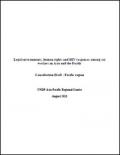
Resource | Publications,
The study focuses on laws and law enforcement practices affecting adults engaged in sex work. The study does not aim to map laws relating to children who are sexually exploited. Although the study considers the relevance of trafficking laws particularly as it affects adults voluntarily engaged in sex work, it does not map all trafficking legislation in detail.
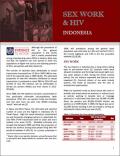
Resource | Reviews and Snapshots,
Although the prevalence of HIV in the general population is low (0.2%) and is mainly concentrated among injecting drug users (IDUs) in Jakarta, West Java and Bali, the epidemic has now spread to other key populations at higher risk such as non‐injecting partners of IDUs, sex workers and their clients.
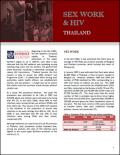
Resource | Reviews and Snapshots,
Beginning in the late 1980s, the HIV epidemic increased rapidly in Thailand, particularly in the upper Northern region. In 1990‐91, soon after it was observed that the HIV epidemic was spreading among injecting drug users and sex workers, the government acted decisively, launching a nationwide campaign to reduce HIV transmission.






